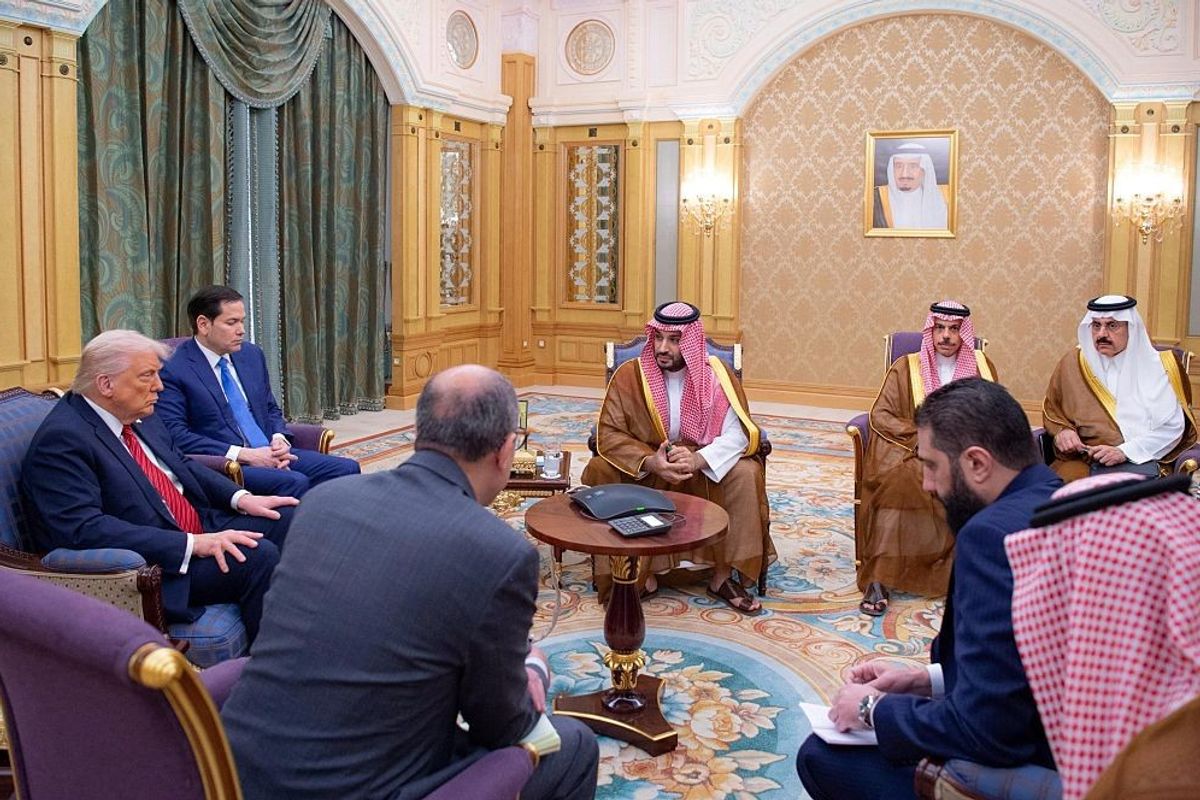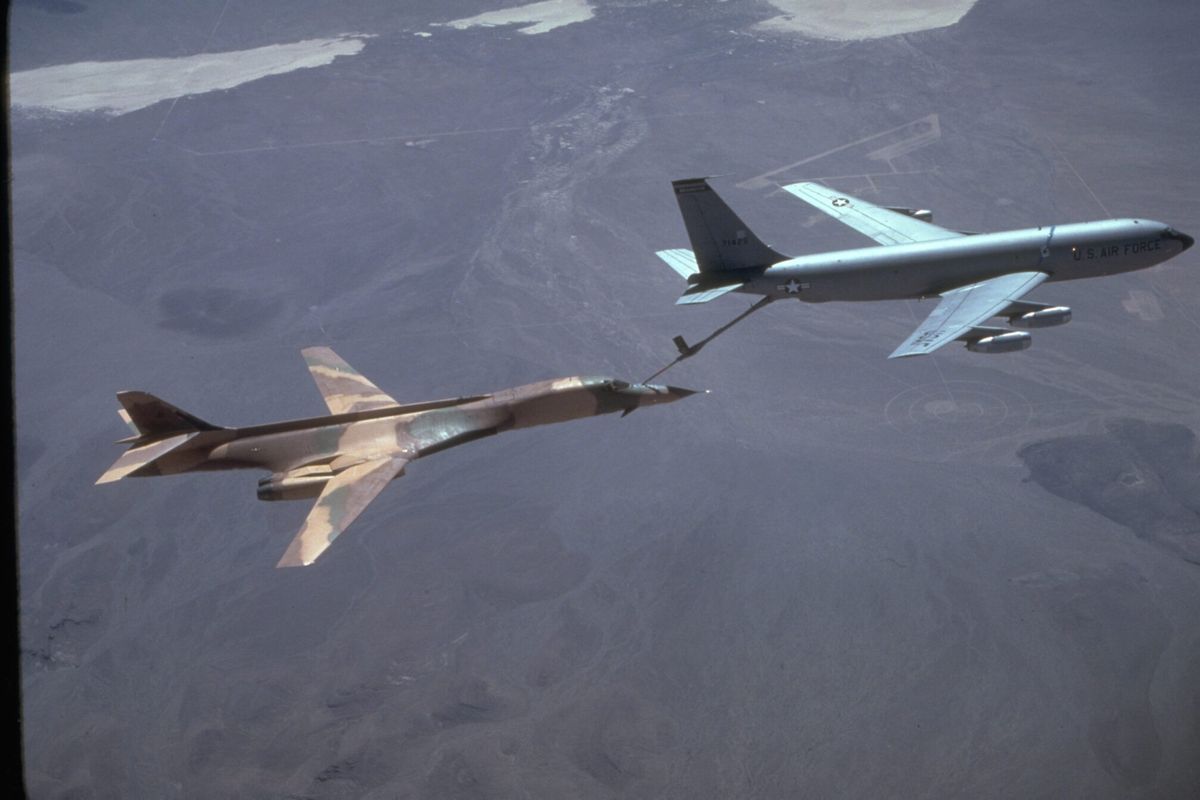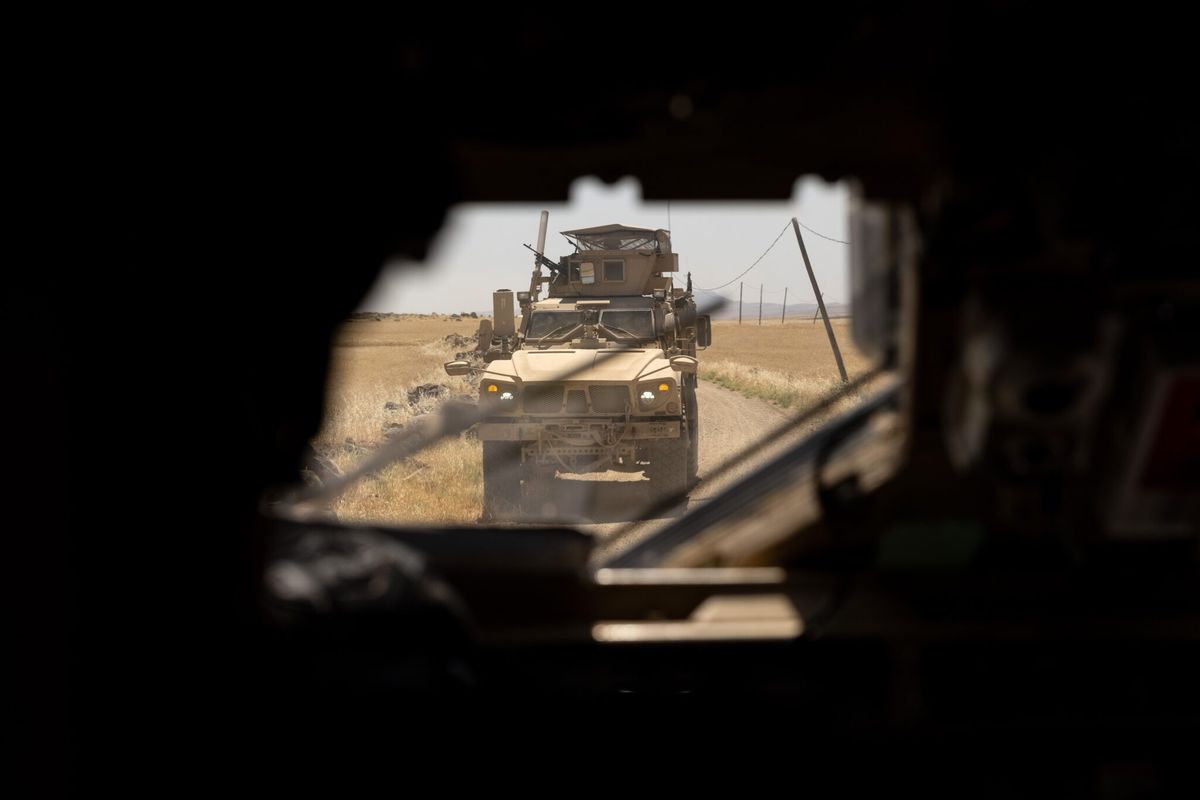As the ISIS “Caliphate” in Syria and Iraq faces annihilation in coming weeks, the U.S. must rethink relations with its highly problematic but effective ally in the ISIS fight – the Syrian Kurdish PYD – which controls the U.S.-allied Syrian Democratic Forces (SDF) –a joint Kurdish-Sunni Arab militia that has cleansed northeastern Syria of ISIS and now fights ISIS remnants in its capital Raqqa. Any such rethink must focus on equities with Turkey as well as the overall U.S. mission in the region, facing Russian-assisted Iranian expansion.
Allied with the SDF, the U.S. is now in effective control of a large swath of Syria and has repeatedly defended this territory and the SDF against not only ISIS and the Syrian government, but the Turks. Turkey, a key U.S. ally in the fight against ISIS and a NATO member critical for various Washington regional goals, sees the SDF as a front for the PYD, the Syrian offshoot of the PKK. The Turks (and the U.S.) consider the PKK to be a terrorist organization, which has tried since 1984 to overthrow Turkish control of its largely-Kurdish populated southeast. U.S. military support for the PYD, beginning in 2014, to defend the Kurdish city of Kobane against ISIS, expanded in 2015 as first the Obama and then the Trump Administration accelerated operations against ISIS using local, not U.S., infantry. Meanwhile, a ceasefire between the PKK and Turkey broke down that year, followed by a wave of violence throughout Turkey. President Recep Tayyip Erdogan has used this ‘fight against terror’ to win an election in 2015 and a constitutional referendum in 2017, and has repeatedly attacked the U.S. for its support of the PYD.
Erdogan, despite often inflammatory rhetoric, has a point. The PYD, while not actively in conflict with Turkey, is aligned with the PKK, as confirmed by former Defense Secretary Ash Carter in 2016 (while the PYD is designated a terrorist organization by Turkey, it is not by the U.S.).
Erdogan fears the PYD for several reasons. First, although he has done more to seek peace with the PKK and its leader Abdullah Ocalan than any other Turkish leader, he has been back at war with the group since 2015 and his political fate is tied to a small parliamentary party, the National Action Party (MHP), which is vehemently anti-Kurdish. While Erdogan tried to woo the PYD leader Salih Muslim in 2014-15, he now sees the PYD as a serious threat.
Controlling much of Turkey’s southern border, the PYD “outflanks” Turkey’s forces against the PKK in the East. As a ‘statelet’ successfully organizing communities, the PYD also has appeal as a “Kurdish territory” in contrast to its PKK patron, which is dug in or on the run in mountains in northern Iraq and eastern Turkey. . The need to govern territory, including Arab as well as Kurdish populations, shapes the PYD in ways different from its insurgency-oriented PKK cousins and introduces an inevitable subtle competition between the two. In Erdogan’s view, this makes it difficult for the PKK to accept any new compromise with Ankara. Finally, the PYD’s success in co-opting some Syrian Sunni Arab communities erodes Turkey’s longstanding ties to them.
But these dynamics between the PKK, PYD, and Ankara are overlaid with another—the extensive American role as the PYD’s backers. Washington repeats at every opportunity that this support is ‘limited, time-conditioned, and tactical,’ essentially a tool against ISIS, but Turkey remain suspicious. Many believe that the U.S. promised the entire northern Syrian border region to the PYD for its support against ISIS. And, when the PYD and SDF pushed west across the Euphrates to Manbic in the summer of 2016, the Turkish military marched into Syria between the Euphrates and the Kurds’ western enclave in Afrin, ostensibly against ISIS but also to block the PYD. U.S. Vice President Joe Biden then promised the Turks that the PYD/SDF would retreat from Manbic, east across the Euphrates; instead they are still there and U.S. troops have protected them from both the Turks and Syrian army.
The Turks also suspect that U.S. regional command, CENTCOM, views the PYD/SDF as the ‘salvation’ for the region against both terror and lousy local governance. But such attitudes, unfulfilled commitments like Biden’s, the unwillingness of CENTCOM to acknowledge PYD-PKK links (the Command once officially tweeted SDF propaganda denying ties to the PKK), and the alleged traditional American interest in using Kurds against Turkey (President Woodrow Wilson pushed for an independent Kurdistan at Versailles), makes assuaging Ankara a hard slog.
But it is worth it. While Erdogan spreads his bets by participating in the Astana process on Syria deconfliction with Russia and Iran, he also facilitates U.S. operations in Syria, and he wants a deal with Washington. As long as the U.S. sits on the PYD, and Turkish firepower holds their towns hostage in open terrain along the border, the PYD’s threat to Turkey remains more theoretical than military, and Erdogan eventually might restart negotiations with the PKK.
But a PYD left to its own devices without the U.S. would be more threatening. And if either the Iranians or Syrian President Bashar al Assad (the former a Turkish rival, the latter furious at Erdogan for supporting the Syrian opposition) ally with the PYD, Ankara’s security plunges.
Thus, a way out of this maze is possible. Washington may want to stay in Syria to block an ISIS resurgence, a worthy goal. But the much more important goal, including to Ankara, is to maintain a U.S. presence, with local allies, against Iranian colonialization of the entire Iraq-Syria-Lebanon corridor. Ankara could support such a strategy, if the U.S. shifts gears, prioritizes containing Iran over destroying ISIS remnants, and persuades Turks that a U.S. presence with the PYD advances Ankara’s security. In any case, long term the U.S. needs Turkish bases and flight clearances for any presence in northern Syria. The question of Syria’s Kurds will remain critical in guaranteeing that access.












